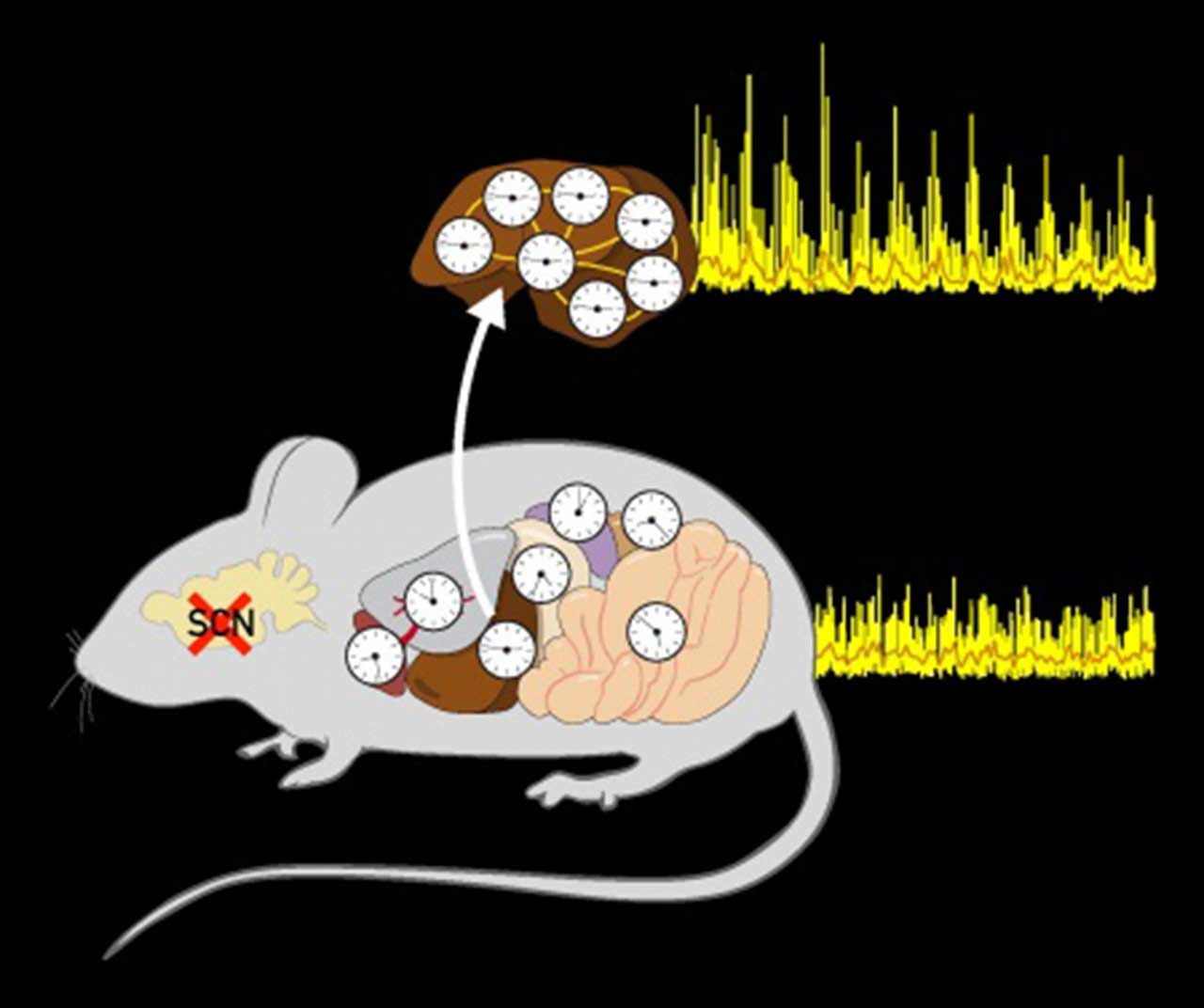
In humans, the disruption of Circadian clocks can lead to several metabolic diseases. Scientists have been studying this mechanism for many years; little is known about how it works.
In a recent study, scientists from the University of Geneva (UNIGE) demonstrated that cells that compose a particular organ could be in-phase, even in the absence of the central brain clock or any other clocks in the body. What’s more, scientists successfully managed to restore circadian function in the liver in completely arrhythmic mice, demonstrating that neurons are not unique in their ability to coordinate.
Ueli Schibler, honorary professor at the UNIGE Faculty of Science, who initiated the work, said, “Nevertheless, the brain clock was deemed indispensable for the synchronization of all peripheral clocks.”
Flore Sinturel, a scientist at the Department of Medicine of UNIGE Faculty of Medicine and first author of this work, said, “However, usual research tools did not allow us to explore the validity of this hypothesis. Indeed, to do so, we must be able to follow in real-time, over a relatively long period, the expression of the circadian genes of an animal with or without a functional brain clock.”
In 2013, Professor Schibler’s team developed a technology that enabled scientists to monitor a specific organ’s activity and the circadian rhythms that control it.
Professor Schibler said, “We were inspired by the principle of bioluminescence that can be observed in fireflies, for example. Our mice carry a circadian reporter gene that produces an enzyme, luciferase. We then add luciferin to their drinking water, a substance that, when oxidized by the luciferase, causes photon emission. Light is then captured by a photomultiplier that records the number of photons emitted per minute and thus detects the expression of the circadian reporter gene over time.”
Removing the central clock revealed that all the clocks in the body are in different phases. However, at the level of a single organ – the liver in this case – the mice retain a robust and coordinated circadian rhythmicity. So, while the central clock can synchronize all the organs in the same phase, the cells communicate enough to maintain coordinated rhythmicity within a single organ.
Flore Sinturel said, “While it was thought that only neurons had strong enough connections to ensure this circadian coordination, we are now demonstrating that this is not the case. This puts the singularity of the central clock into perspective.”
“The study shows that a clock restored in one organ works and has rhythms, even in the absence of all the other clocks in the body.”
Scientists are now looking forward to understanding better how these cells stay in the same phase when they are not receiving any information, either from the brain or from other external signals.
Results can be discovered in the journal Gene and Development.
Continue reading Cellular clocks can be synchronized without the intervention of external signals on Tech Explorist.
0 comments:
Post a Comment